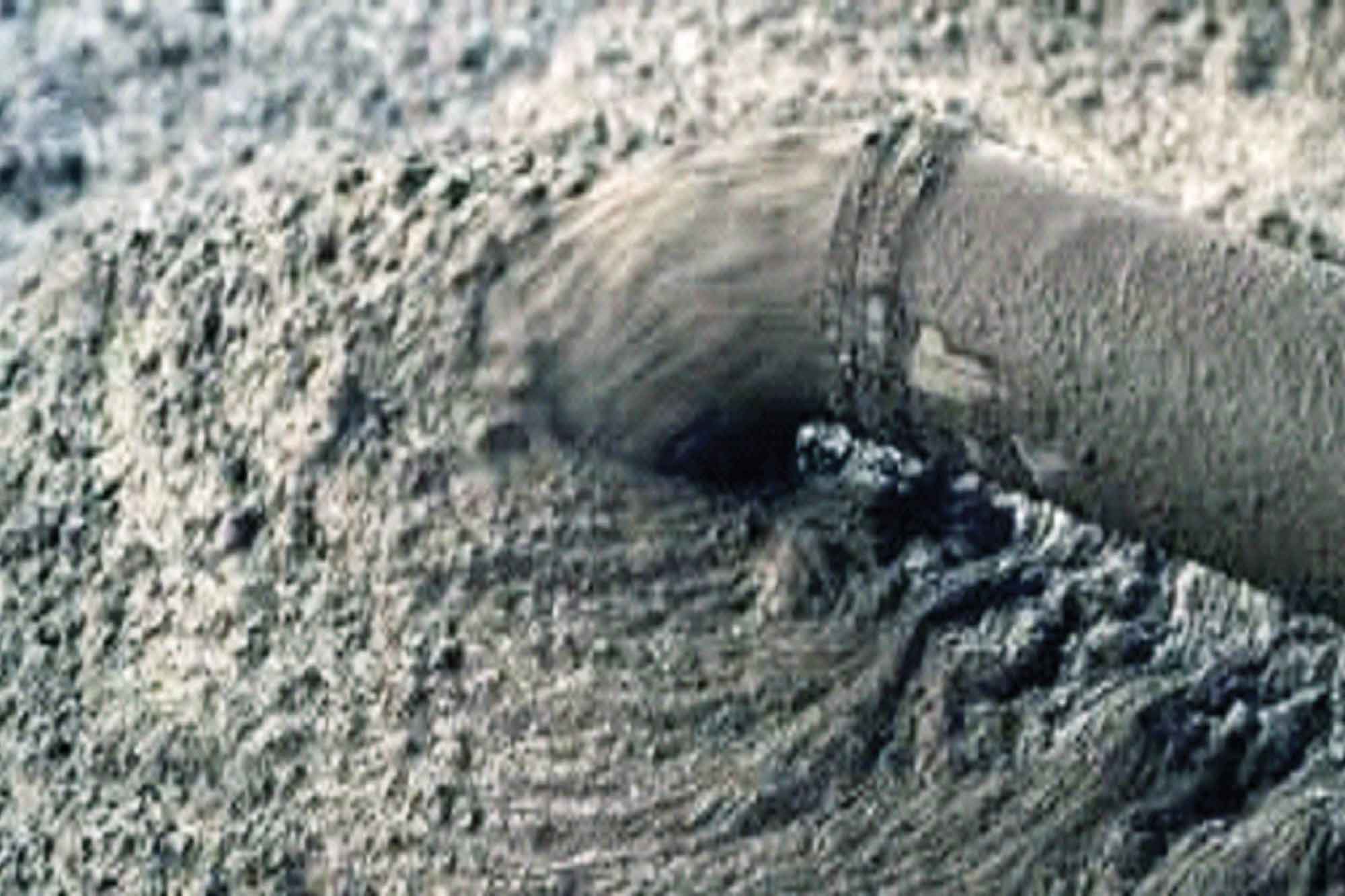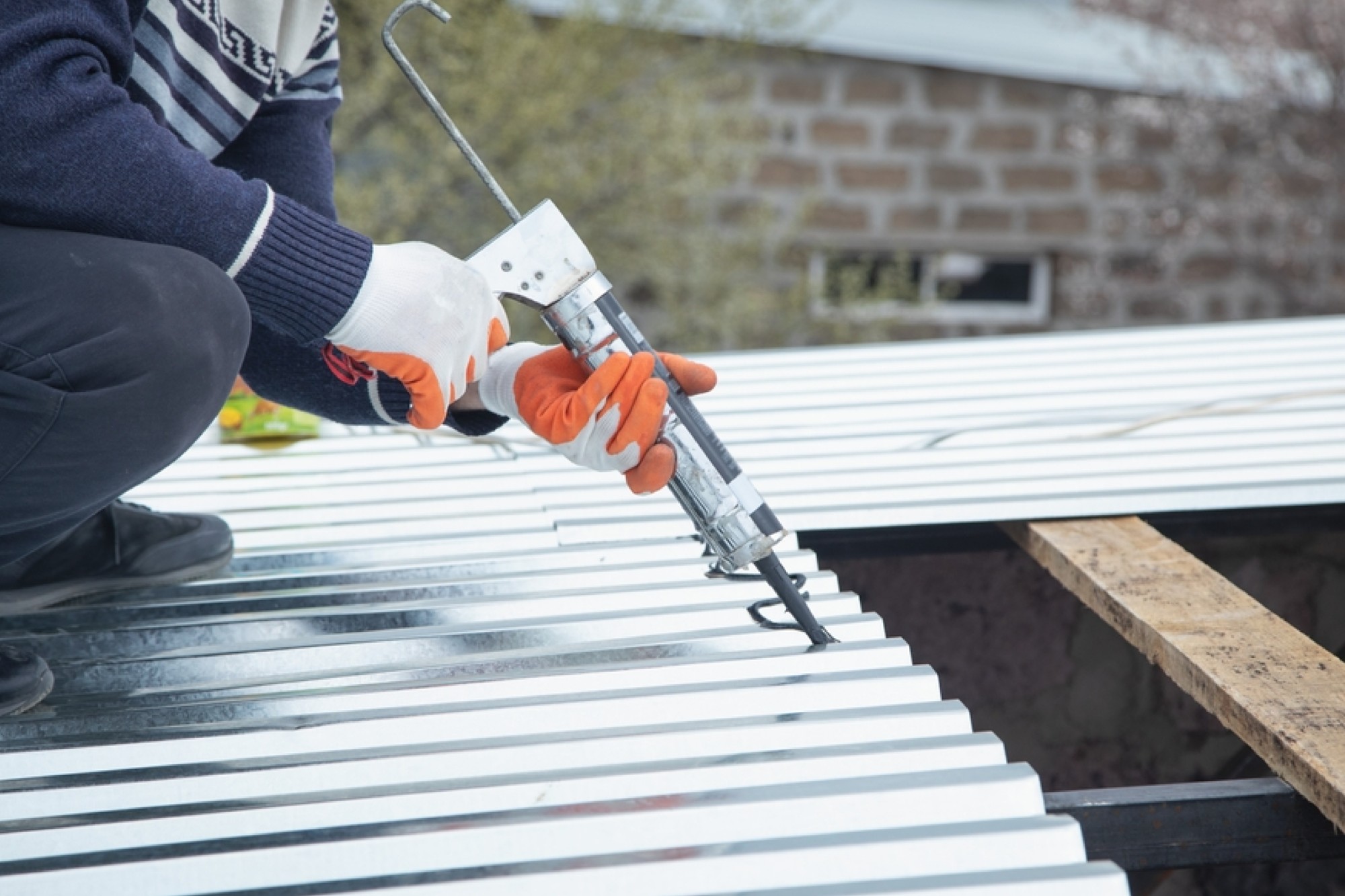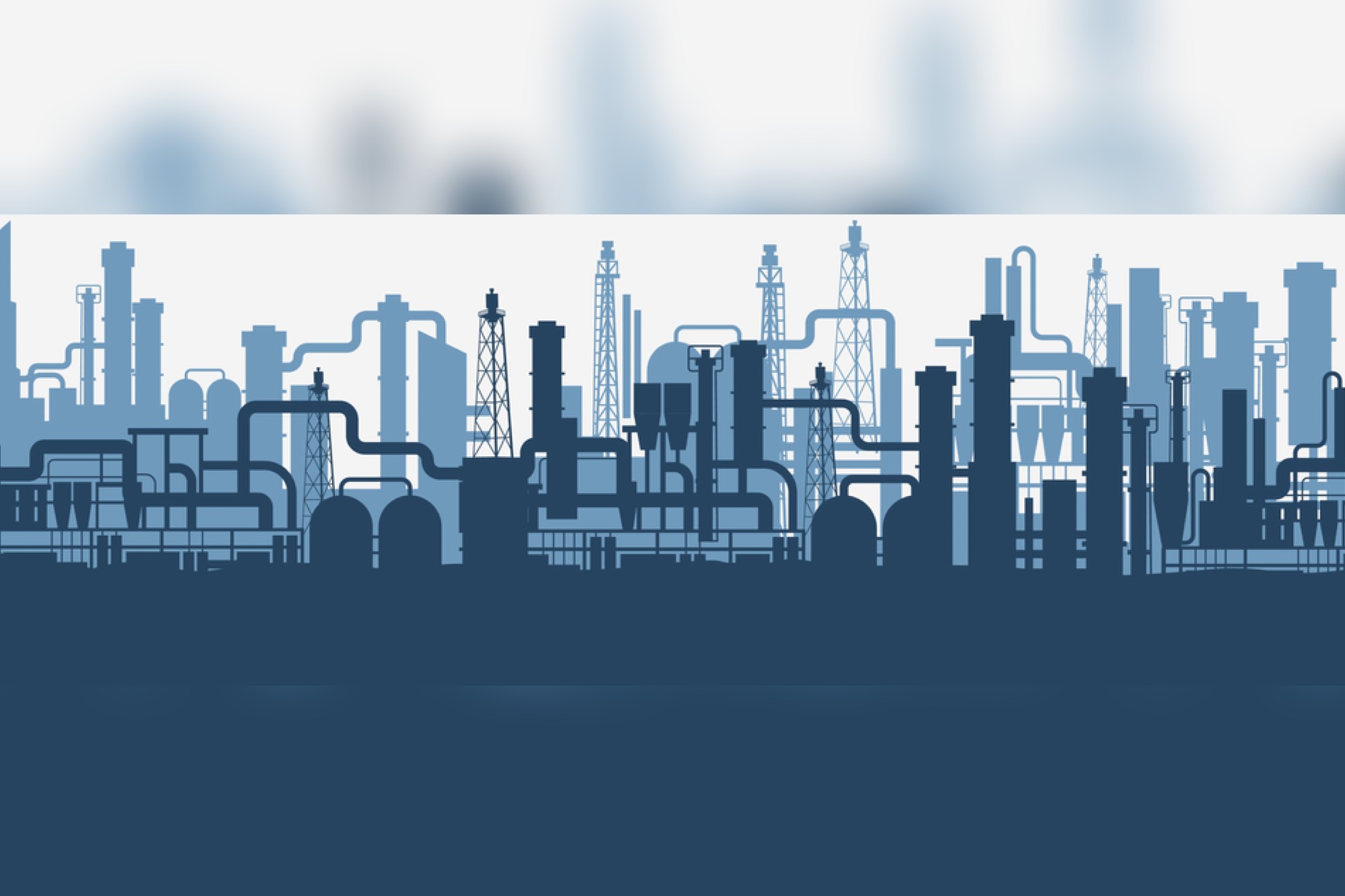Durability- enhancing concrete admixtures
By Edit Team | May 7, 2015 7:09 am SHARE

Civil engineering is known as mother of all engineering branches. Construction and building material sciences is a highly matured technology, world over. What we build brick-by-brick, may get destroyed, drop-by-drop seepage of water. To avoid premature deterioration of the buildings and other concrete infrastructure facilities, a scientific approach towards waterproofing is essential to avoid leakages and seepage.
Concrete does not always behave as we would like, some of the undesirable behaviour can be seen as disintegration, spalling, cracking, leakage, deflection and settlement. Durable concrete structures can be achieved only through careful attention to many details. Admixtures play an important role in today’s concreting to get durable concrete structures.
Types of admixtures
Accelerating admixtures (ShaliPlast FS)
Retarding admixtures (ShaliPlast R)
Water reducing admixtures (ShaliPlast SP/PCE)
Air entraining admixtures (ShaliPlast AE)
Shotcrete admixture ( ShaliPlast Shortcrete P/L)
ShaliPlast LW+ /LW++
Advantages of various types of admixtures
Shortens the setting time of cement and therefore increases the rate of gain of strength
Improves workability, cohesion and extends setting time, provides protection against delays and stoppages and facilitates keeping workable concrete for extended period
In the large construction, good workability of the concrete throughout the placing period and prevention of cold joints is ensured by adding retarders in the concrete
Enables earlier release from precast moulds thus speeding guidelines on use of admixtures in concrete production
Reduces segregation and increase density and compressive strength
Early use of concrete floors by accelerating the setting of concrete
Reduces water requirements, bleeding, shrinkage and time required for initial set.
Dosage ranging from 0.06 to 3 per cent by weight of cement, different admixtures are recommended and a water reduction from 10 to 35 per cent or more is achieved. Admixtures help us achieve, a much more watertight concrete.
General concrete deterioration
Most concrete deterioration can be attributed to water penetration. Since concrete absorbs moisture until it becomes saturated. Moisture hastens deterioration not only because it promotes chemical reactions but also because it carries dissolved chemicals that can react with the steel, lime and other components in the concrete. It also plays a major role in concrete deterioration. As a result of water entering in to concrete results in spalling of concrete.
Migratory corrosion inhibitor (ShaliPlast RCI), being amine based bipolar in nature, used as an additive during concreting or repairs, can protect the steel from corrosion in aggressive environment. Steel in reinforced concrete is prone to chemical attack in certain corrosive environments.
Conclusion
In recent past, usage of concrete admixtures has increased, as the construction industry had grown on a sustainable basis. Concrete sections are getting thinner and hence require higher grade of concrete, which can be achieved only by use of admixtures.
India has the ability to develop indigenous technologies, processes, rather than depending on imported technologies. Construction chemical manufacturers like STP Ltd are promoting durable technologies suitable to our national economy, affordability and environmentally friendly. n
Authored by-
Hasan Rizvi,
Vice President,
STP Ltd.
Cookie Consent
We use cookies to personalize your experience. By continuing to visit this website you agree to our Terms & Conditions, Privacy Policy and Cookie Policy.




































-20240213125207.png)

























